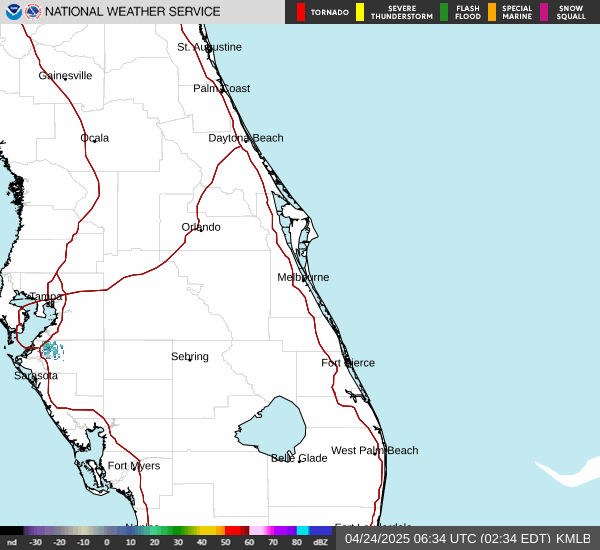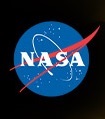Kennedy Space Center (KSC) Weather is part of KSC’s Spaceport Integration and Services Directorate. As a part of the multi-user spaceport, KSC Weather provides information on local weather capabilities, including instrumentation, weather data, and operational weather support. KSC Weather works closely with groups inside and outside of KSC, like other NASA Centers, the Department of Defense, and subject matter experts, to develop the weather requirements and Lightning Launch Commit Criteria (LLCC) that keep people and vehicles safe, while also allowing operations to proceed when possible. KSC Weather also interfaces and collaborates with other government agencies like the National Oceanic and Atmospheric Administration (NOAA) and the Federal Aviation Administration (FAA).
We ensure that operational weather support is available to KSC through tailored forecasts provided by the 45th Weather Squadron and observations from our local, densely populated weather instrumentation network. The local weather data is archived and made publicly available to researchers and engineers internal and external to NASA for applications that include, but are not limited to, vehicle design, launch availability analyses, the development of new tools and techniques that can be used to improve weather forecasts, and improving the scientific community’s understanding of atmospheric science.
This website serves as a single resource for local weather forecasts, the KSC Weather Data Archive, the Applied Meteorology Unit (AMU), and the Airborne Field Mill (ABFM) project. It also provides useful links related to other types of impactful weather, such as severe weather, tropical cyclones, space weather, and droughts.
Current Radar Loop
As a spaceport, electrified environments are of interest for mission assurance and public safety for United States space launch. The NASA Standard for Lightning Launch Commit Criteria for Space Flight, NASA-STD-4010, establishes common LLCC for avoidance of natural and triggered lightning to launch vehicles during ascent. This NASA Technical Standard is applicable to all Federal Government ranges involved with spaceflight operations, including all NASA Centers and the Department of Defense. This website provides resource links to the LLCC and their associated rationale and history, as well as lessons learned from past

lightning strike incidents involving
launch vehicles.



